Description
Giới thiệu sản phẩm
Hệ thống xử lý siêu âm tan chảy kim loại công suất cao đóng một vai trò quan trọng trong xử lý kim loại bằng sóng siêu âm, tinh chế hạt siêu âm, siêu âm hóa rắn kim loại, bọt khí thải siêu âm, tinh thể siêu âm, cavitation siêu âm, đúc siêu âm, mô đông tụ siêu âm, đúc kim loại siêu âm, v.v.
Thông số kỹ thuật
| Type | 20K lab level | 20K industrial level | |||
| Item No. | HSA-500 | HSA-1000 | HSA-1500 | HSA-2000 | HSA-2500 |
| Power | 500W | 1000W | 1500W | 2000W | 2500W |
| Dia. of probe | 30mm | 30mm | 50mm | 50mm | 50mm |
| Input power | 220V / 110V | ||||
Đặc trưng sản phẩm
* Chống ăn mòn: sử dụng đầu công cụ hợp kim titan có độ bền cao;
* Công suất: Công suất bức xạ tối đa đầu đơn lên đến 2500W;
* Hiệu quả là đáng kể: giữa vi phân tử, tác dụng trực tiếp, rõ ràng;
* Dễ dàng lắp đặt: lắp đặt thông qua mặt bích tiêu chuẩn mà không cần thay đổi thiết bị sản xuất hiện có của khách hàng và đã qua xử lý.
Ưu điểm
1. Siêu âm điện trong kim loại và hợp kim nóng chảy cho thấy các tác dụng có lợi khác nhau như tạo cấu trúc, khử khí và cải thiện khả năng lọc.
2. Siêu âm thúc đẩy sự đông đặc không đuôi gai trong kim loại lỏng và bán rắn.
3. Sonication có những lợi ích đáng kể đối với sự tinh chỉnh cấu trúc vi mô của các hạt đuôi gai và các hạt liên kim loại chính.
4. Hơn nữa, siêu âm công suất có thể được sử dụng có mục đích để giảm độ xốp kim loại hoặc để tạo ra cấu trúc xốp trung tính.
5. Siêu âm công suất cải thiện chất lượng của vật đúc.
Ứng dụng chính
1. Hợp kim nhôm độ bền cao, đúc hợp kim magiê;
2. Khử khí của các vật liệu hợp kim khác nhau và các rôto tinh thể khác;
3. Vật liệu composite ma trận kim loại, đúc piston nhôm độ bền cao.
Đề xuất hệ thống siêu âm (Loại phân tán)
Hóa chất siêu âm
Sonochemistry là ứng dụng của sóng siêu âm vào các phản ứng và quy trình hóa học. Cơ chế gây ra hiệu ứng sonochemistry trong chất lỏng là hiện tượng tạo sóng âm.
Sự tạo khoang, đó là “sự hình thành, phát triển và xẹp xuống của bong bóng trong chất lỏng. Sự sụp đổ của khoang tạo ra nhiệt cục bộ cường độ cao (5000k), áp suất cao (1000atm) và tốc độ làm nóng và làm mát rất lớn (> 109k / giây)” và tia chất lỏng suối (400km / h).
Ultrasonic perfect the graphene
The development of graphene industry demand high quality graphene urgently; (The traditional way of producing need to add more oxidant and reducing agent, while the ultrasonic exfoliation of graphite can greatly reduce the additive, greatly improve the purity and reduce the size of graphene.)
In recently years, with its excellent performance and a variety of potential applications, graphene been developed fast. At the same time, people need a lot of high quality and complete structure graphene. This requires to improve the existing preparation method, explore new preparation path. And the development of preparation method require better ultrasonic equipment too.
Ultrasonic
The principle of ultrasonic dispersion is make the ultrasound radiate in graphite oxide suspention the liquid promptly flow produce a large number of tiny air bubbles, these tiny bubbles formed in the negative pressure zone along the longitudinal ultrasonic radiation and grow continuously, and quickly closed in the positive pressure area, this effect is known as “cavitation” phenomenon, in this process, closed bubbles can form thousands of instantaneous high pressure. And the instantaneous high pressure will constantly and continuously shock the graphene oxide, make graphene oxide peeling off quickly.
Theoretical basis
Some authorities and universities from home and abroad have published many references mentioned advantages of ultrasonic dispersion of graphene suspensions
Graphene With Ultrasonic
Currently we use two step exfoliation can obtain high concentration graphene dispersion, second ultrasound in 30 hours reached the max conentration —- 20 mg/ml, the instantaneous concentration as high as 63 mg/ml.
After using various methods, the graphite expansion and the space between graphene sheets increases, the Vader waals forces between inter-layers reduce, at the same time use the liquid phase exfoliation can make graphene production rate greatly increased, and also can use water as solvent to obtain graphene, has a braod industrial prospect. Up to now, several companies use this way to achieve large production of graphene.
Through ultrasonic equipment, the surface of graphene reach 500 ~ 1000 m2 / g, thickness in 0.55 ~ 3.74 nm, the purity is more than 95 wt %, straight in: 0.5 3 microns, layer number less than 10.
Innovation
T caps use replaceable, solve the problem of the foold head cavitation, T caps normal working hours more than 800 hours.
Using the high-power ultrasonic transducer (1500W – 3000W), More stable performance, normal service life more than 10000 hours.
Use of the digitally controlled power, to ensure that all the time in the best condition.
Dumbbell – type tool head design, greatly improving the ultrasonic radiation power per uniet area.
The integrated piping made of stainless steel #316.
Overall liquid flow-controllable
Use network-Based on Can-bus technology, all working parameters can have room remote control.
| Model | Parameters | |
| 1 | HS205-F | Frequency: 20khz Power: 300w Voltage: 220V Temperature: 150°C Presurre: Normal Intensity of sound:>10W/cm² Max Capacity:>500ml/Min Material of tip head: Titanium alloy |
| 2 | HSS17B-ZB | Frequency: 20khz Power: 500w Voltage: 220V Temperature: 150°C Presurre: Normal Intensity of sound:>10W/cm² Max Capacity:>2000ml/Min Material of tip head: Titanium alloy |
| 3 | HSS55B-ZB | Frequency: 20khz Power: 500w Voltage: 220V Temperature: 150°C Presurre: Normal Intensity of sound:>10W/cm² Max Capacity:>5L/Min Material of tip head: Titanium alloy |
| 4 | HSS57B-ZB | Frequency: 20khz Power: 1500w Voltage: 220V Temperature: 300°C Presurre: 35MPa Intensity of sound:>30W/cm² Max Capacity:>15L/Min Material of tip head: Titanium alloy |
| 5 | HSS59B-ZB | Frequency: 20khz Power: 2000w Voltage: 220V Temperature: 300°C Presurre: 35MPa Intensity of sound:>40W/cm² Max Capacity:>20L/Min Material of tip head: Titanium alloy |
| 6 | HSS61B-ZB | Frequency: 20khz Power: 3000w Voltage: 220V Temperature: 300°C Presurre: 35MPa Intensity of sound:>60W/cm² Max Capacity:>30L/Min Material of tip head: Titanium alloy |
| 7 | HSG2030L | Frequency: 20khz Power: 3000w Voltage: 220V Temperature: 300°C Presurre: 35MPa Intensity of sound:>60W/cm² Max Capacity:>30L/Min Material of tip head: Titanium alloy |

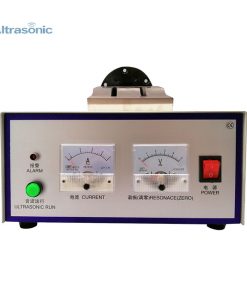
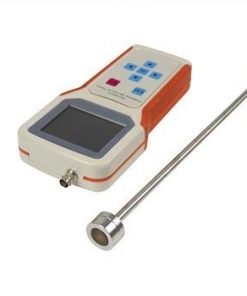
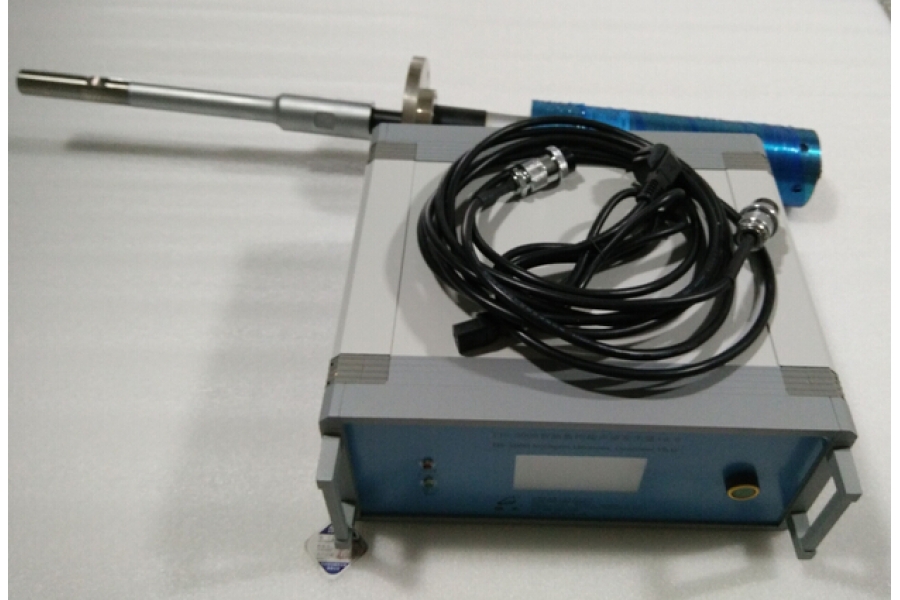




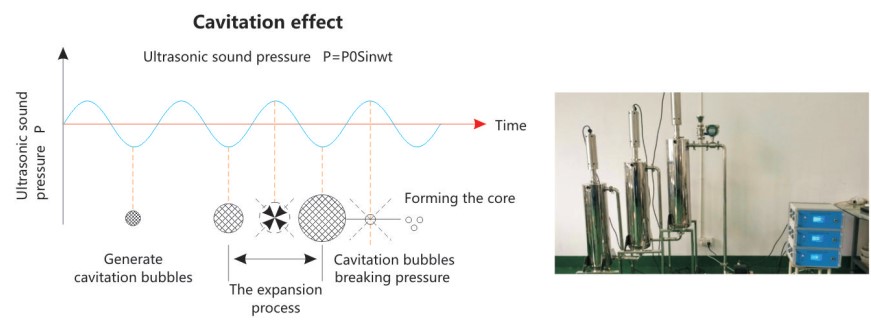
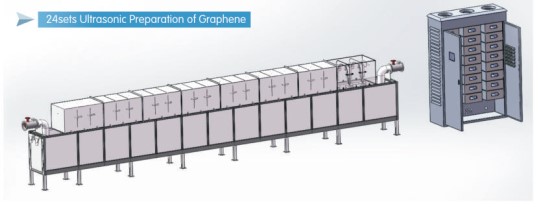
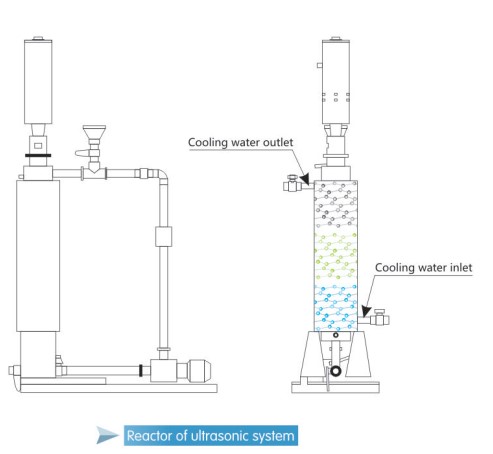

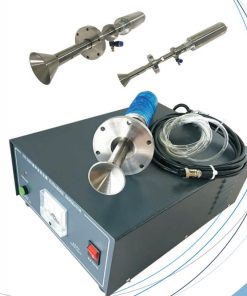
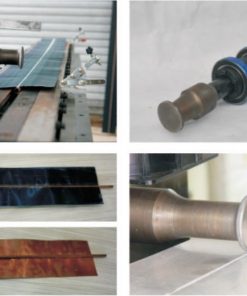
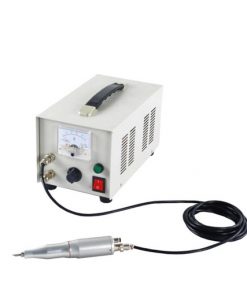
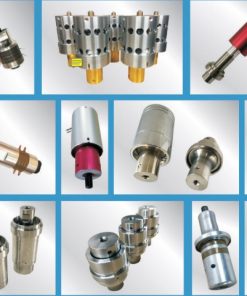
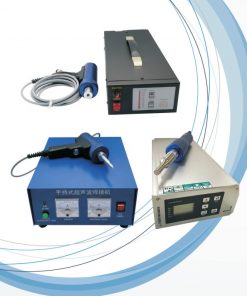
Reviews
There are no reviews yet.